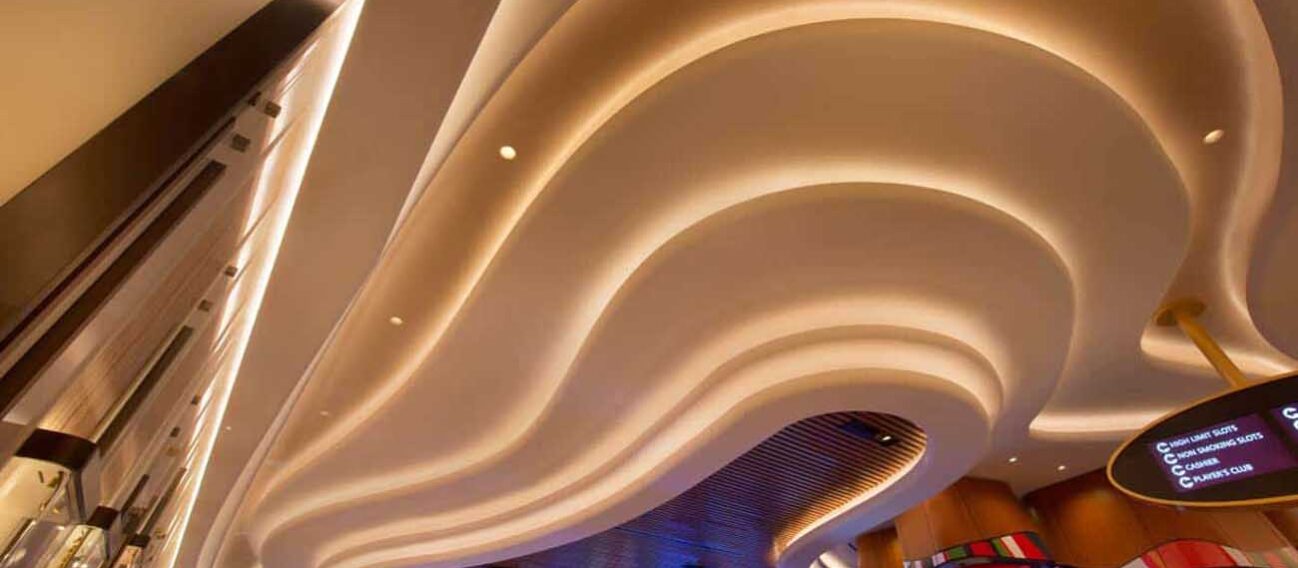The history of architectural lighting
Architectural lighting design seeks to incorporate lighting systems to optimize light’s technical and visual properties within a structure. Scientific advancement in the impacts of light on mood, health, and building ergonomics has furthered advanced how architectural lighting is integrated into indoor and outdoor spaces.
Architecture and light. An age-old partnership.
Architectural lighting has a long and fascinating history that spans back several millennia. From the use of torches and candles in ancient times to the modern LED lights of today, lighting has always played an essential role in creating stunning architectural designs.
One of the earliest examples of architectural lighting can be seen in ancient Egypt. Torches and oil lamps were standard in religious temples and royal tombs, where the flickering light created a mystical and otherworldly atmosphere.
During the Renaissance, architects began using natural light as a design element, with large windows and skylights becoming popular in buildings. However, in the 19th century, when gas lighting was invented, architectural lighting took off.
Electric lighting revolutionizes lighting design
The invention of electric lighting in the late 1800s revolutionized how architects approached lighting design. With the ability to control the intensity and color of light, designers could create stunning visual effects that were impossible with gas lighting.
The early 20th century saw the emergence of modern architectural lighting, with designers incorporating new materials and technologies into their designs. The development of fluorescent lighting in the 1930s and the introduction of light-emitting diodes (LEDs) allowed for even greater control and flexibility in lighting design.
Smart lighting innovations continue to expand architectural lighting opportunities
Today, architectural lighting continues to evolve and push the boundaries of what is possible. With advanced control systems and smart lighting technologies, designers can create dynamic and interactive lighting environments that respond to the needs and desires of occupants and visitors.
Lighting systems are now integrated into building design using BIM technology to enhance structures’ features with the application of light and deliver energy efficiency and intelligent features.
In conclusion, the history of architectural lighting is a story of innovation and creativity. From the flickering torches of ancient Egypt to today’s smart lighting systems, lighting has always played a vital role in creating stunning architectural designs.







